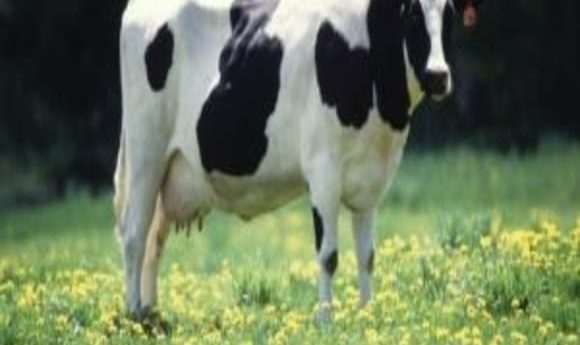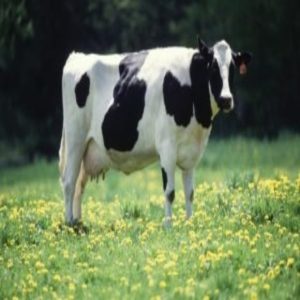Bad prescription: antibiotic misuse in our food

Using medically important antibiotics in US food animals may be spiking antimicrobial resistance worldwide.

For most Americans, January 1, 2017 came and went like every start of the year. For US livestock producers, veterinarians, and public health policymakers, however, 2017 heralds the full implementation of a federal initiative known as the Veterinary Feed Directive, which targets rising antibiotic resistance from a specific source—our food animals (1).
This national action plan based on a strategic policy established by former President Obama in 2014, encourages coordinated efforts to address the rising problem of antibiotic resistance in animals and humans (2,3). As one of five primary prongs in this plan, the Veterinary Feed Directive (VFD) will enable the USDA and FDA to limit antibiotic use in the animal industry but it will not solve the issue on its own (4).
“Looking at antimicrobial use in animals is really important from the perspective of emergent antibiotic resistance and its dissemination,” said antibiotic-resistance researcher Timothy Landers at The Ohio State University. “Antibiotics are a social good; their best use is to improve all health—humans’, animals’, and our environment’s. This is one way we can look at improving all three areas by more judiciously using antibiotics, particularly in food-production systems.”
From now on, producers must get a VFD form (like a prescription) from a licensed veterinarian with whom they have an existing relationship before using feed-grade antibiotics. (Previously, many of these drugs were generally available over the counter.) Under the VFD, a producer’s veterinarian must assess the animals and specify the farm and animals that will receive treatment, the drug to be used, and the feeding rate and treatment duration (1). Each vet must also document an expiration date for the VFD that cannot exceed six months.
“In the past, even though it wasn’t legal to do, a small percentage of people probably added things at times thinking it was beneficial to their animals without thinking about the reason behind it,” said former veterinarian Barry Whitworth, now a food animal/quality and health specialist at Oklahoma State University. “You need to be careful with how you use antibiotics and use them in appropriate situations. Don’t just add something to your feed because you feel like it.”
Although this should curtail the routine use of antibiotics in animal feed, some suspect that animal usage of antibiotics contributes minimally to overall resistance. “We don’t actually know with certainty that the use of antibiotics in food animals leads directly to the emergence of resistance in humans,” explained Landers. “There is some pushback from the animal side [among producers] that it’s really inappropriate use in humans—inappropriate prescribing, use when it’s not needed, improper use—that is also responsible.”
Although the VFD is unlikely to shift the problem of antimicrobial resistance substantially, it has an encouraging dual emphasis on responsible use of antibiotics and collaboration with veterinary experts. Because resistance is a multifaceted problem, scientists, the government, and producers must collaborate to pursue a comprehensive “one health” perspective to combat it.
“This shows that there is a movement toward judicious and appropriate use, which is a good thing, but we have to be looking at multiple prongs of the strategy,” said Landers.